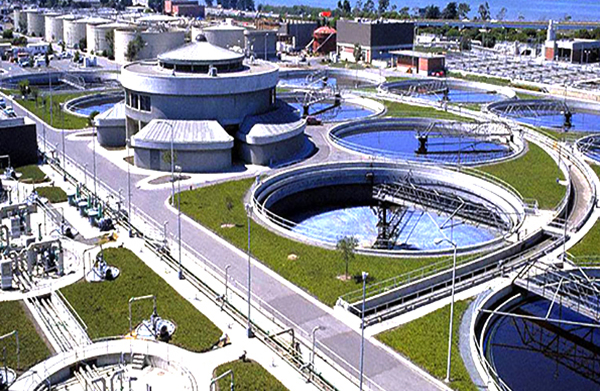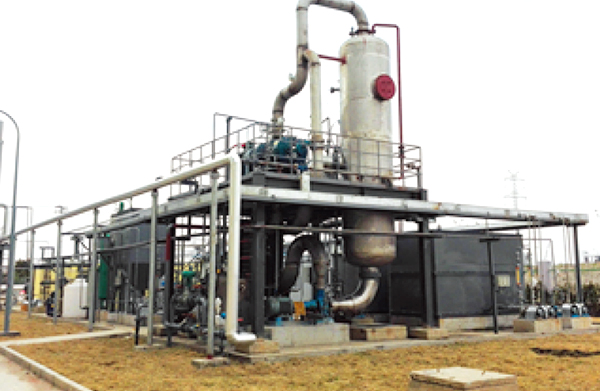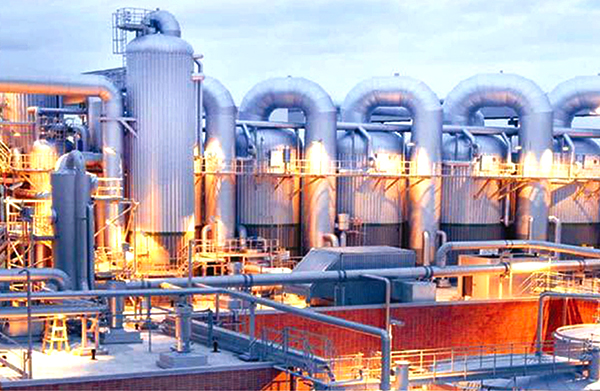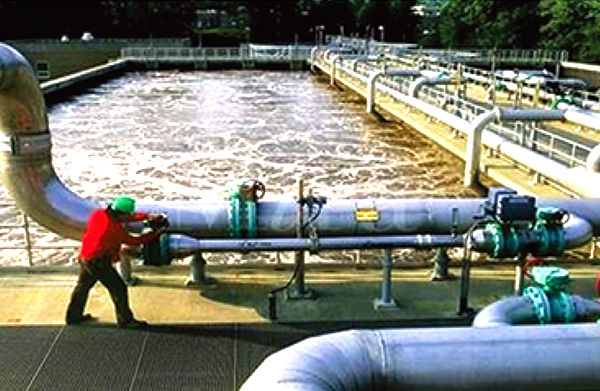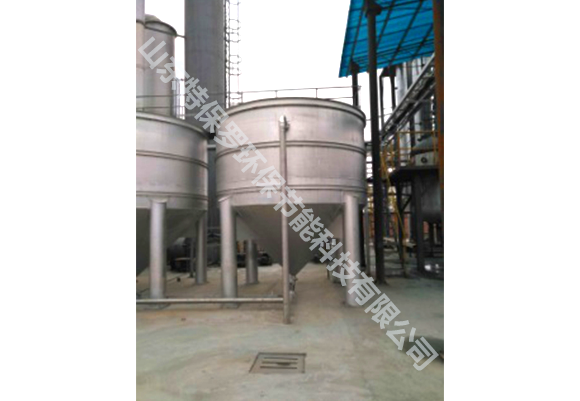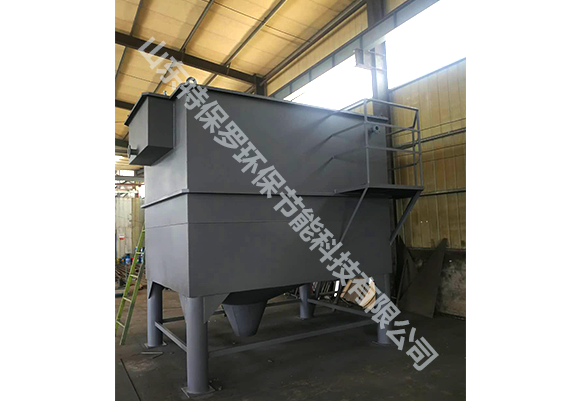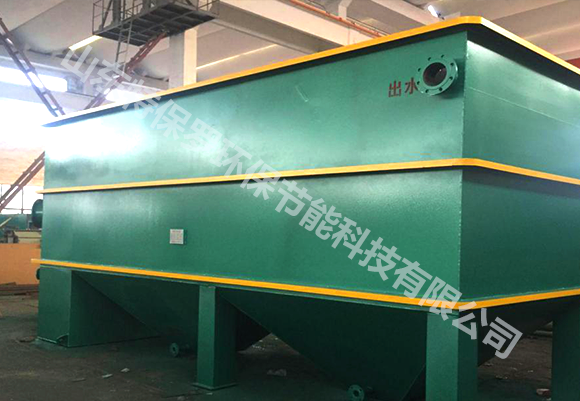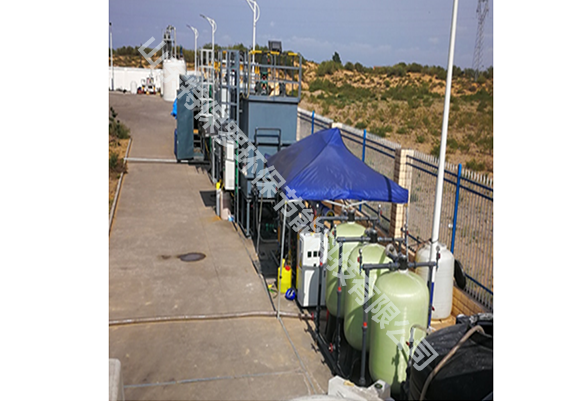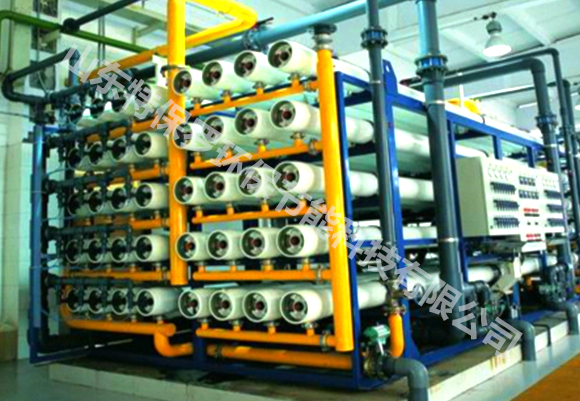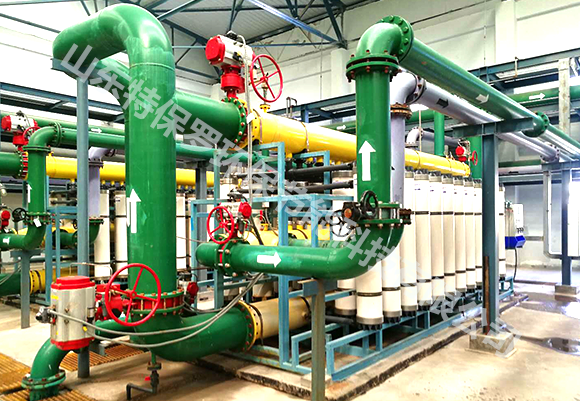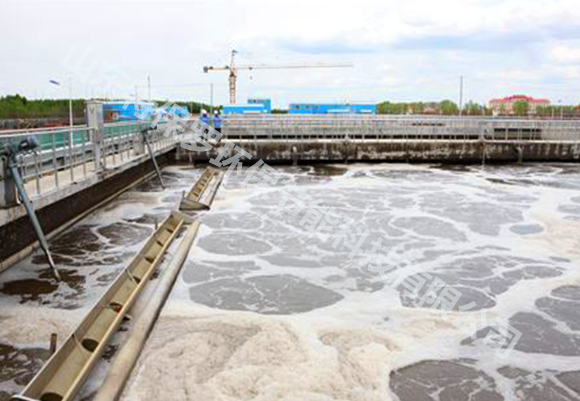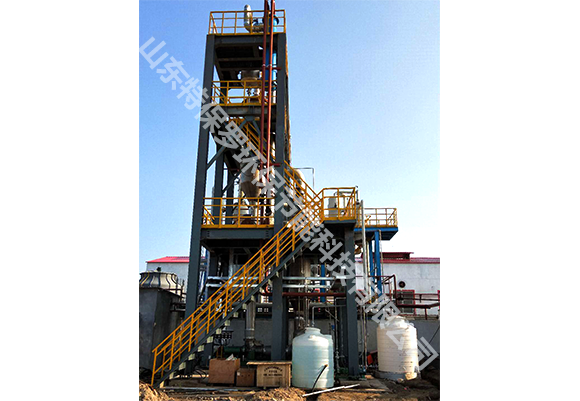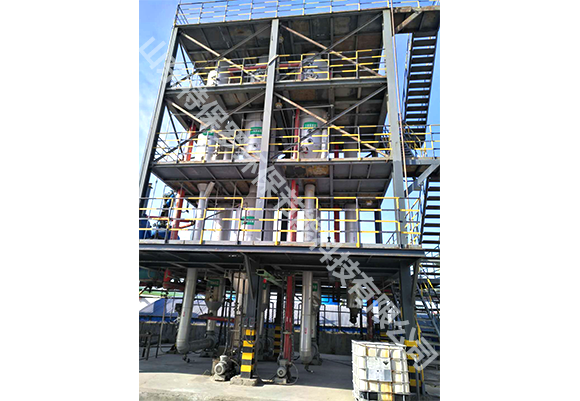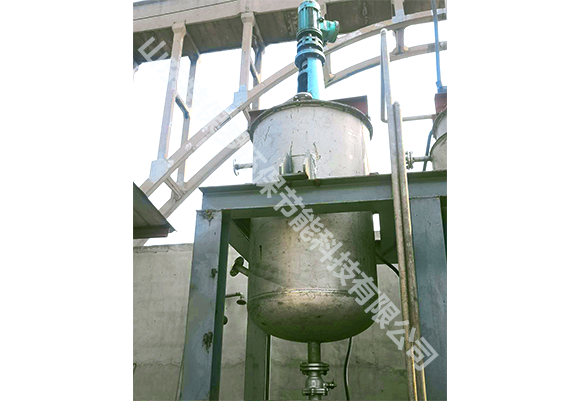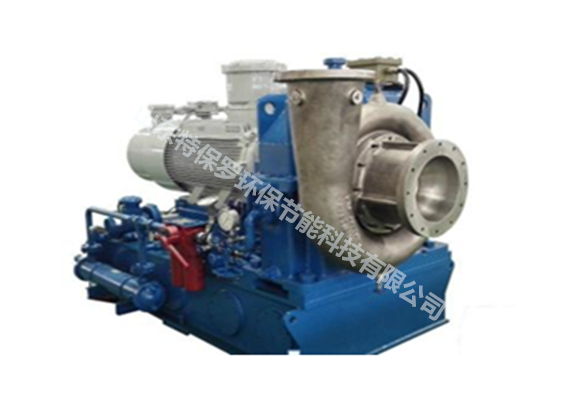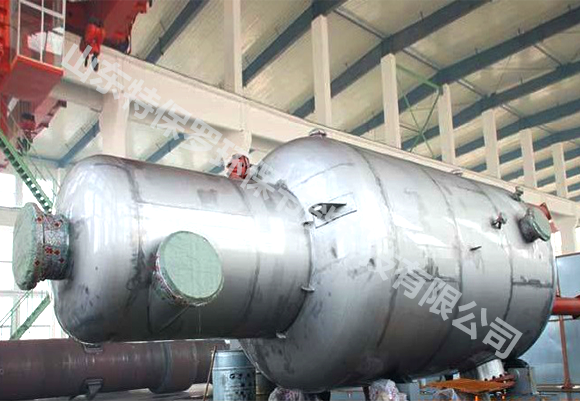Nanofiltration
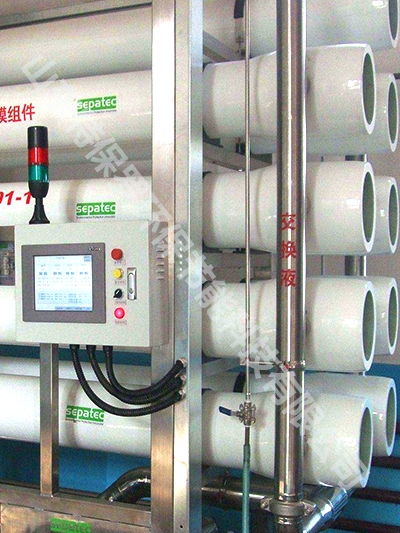
The nanofiltration is between ultrafiltration and reverse osmosis, and its hole is above 1 nm (usually 1 to 2 nm). It has unique advantages that other membrane technologies can't match.With the research, development and improvement,the nanofiltration membrane preparation technology will be widely used in the treatment of heavy metal wastewater. Most of the nanofiltration membranes are derived from reverse osmosis membranes, such as CA, CTA membranes, aramid composite membranes, and sulfonated polyethersulfone membranes. However, compared with reverse osmosis, its operating pressure is lower,.So nanofiltration is also called low pressure reverse osmosis or / loose reverse osmosis.The nanofiltration has a higher rejection rate for divalent and polyvalent metal ions, and a certain selectivity for the valence and high-valent metal ions.However,the concentration polarization in the nanofiltration process leads to a significant decrease in water flux and desalination rate,which will cause some insoluble salts to precipitate on the membrane.
The nanofiltration membrane mainly removes solute particle with one nanometer, and 200 and 1000 relative molecular mass. The surface separation layer of the nanofiltration membrane is composed of a polyelectrolyte and thus has a certain removal rate for the inorganic salt. Generally, the removal rate of divalent ions by the nanofiltration membrane is over 90%, and the removal rate of monovalent ions is 10 to 80%. The process can refer to the reverse osmosis system.
Most nanofiltration membranes have a negative charge on their surface, and they interfere through electrostatic interactions to prevent the osmosis of multivalent ions, which is an important reason for the higher desalination performance of nanofiltration membranes at lower pressures.
The rejection of divalent and high valence ions is significantly higher than that of monovalent ions. The rejection of anions increased in the following order: NO3-, CI-, OH-, SO42-, CO32-; the rejection of cations increased in the following order: H+, Na+, K+, Mg2+, Ca2+, Cu2+.



